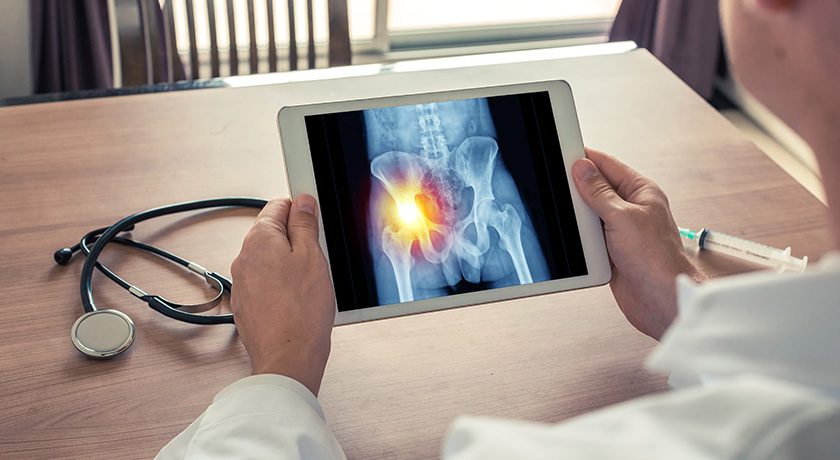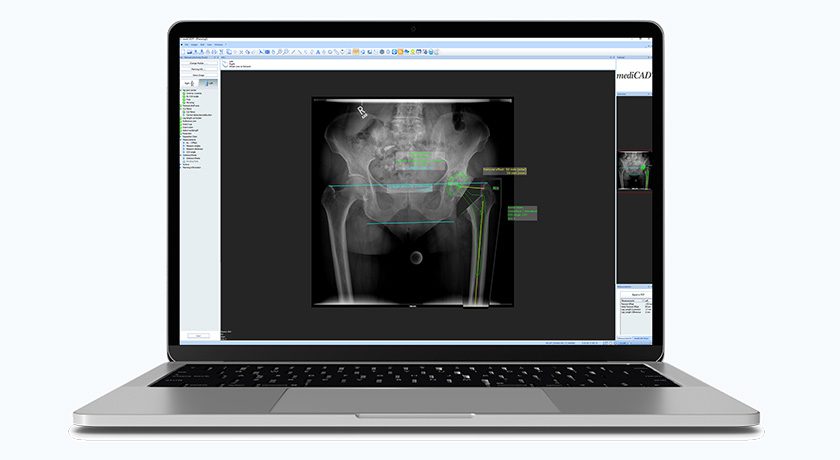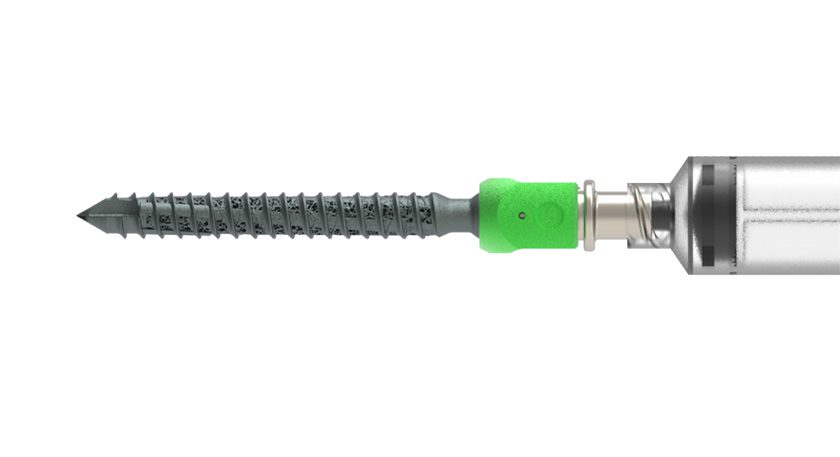

 Copy to clipboard
Copy to clipboard 
ATEC announced that over 500 prone transpsoas (PTP™) surgeries have been performed at multiple U.S. sites. Commercial launch of the PTP procedure will occur by year’s end.
ATEC’s PTP technique differs from the standard lateral procedure wherein the patient is positioned prone, allowing for a surgical approach that addresses many of the challenges that have limited the adoption of lateral spine fusion. PTP minimizes patient repositioning, enhances time efficiencies and more reproducibly achieves spinal alignment objectives.
The first-of-its-kind PTP patient positioner presents an alternative to the current arduous practice of taping patients to the O.R. table for lateral decubitus spine surgery.
The approach integrates the PTP Patient Positioning System, the SIGMA-PTP Access System, IdentiTi indication-specific interbody implants, InVictus Spinal Fixation and the SafeOp Neural InformatiX System, to monitor the location and the intraoperative health of the lumbar plexus.
Pat Miles, Chairman and Chief Executive Officer, said, “Where lateral surgery has been one of the fastest growing segments in spine, we estimate that adoption has only reached roughly 30% of surgeons. Prone patient positioning is not only more familiar to spine surgeons, it also enables a consistent orthogonal surgical approach that improves predictability and surgical reproducibility. The result is an approach that is more accessible and capable of addressing the entire market for lumbar surgery, not just lateral fusion procedures.”
ATEC announced that over 500 prone transpsoas (PTP™) surgeries have been performed at multiple U.S. sites. Commercial launch of the PTP procedure will occur by year's end.
ATEC’s PTP technique differs from the standard lateral procedure wherein the patient is positioned prone, allowing for a surgical approach that addresses many of the...
ATEC announced that over 500 prone transpsoas (PTP™) surgeries have been performed at multiple U.S. sites. Commercial launch of the PTP procedure will occur by year’s end.
ATEC’s PTP technique differs from the standard lateral procedure wherein the patient is positioned prone, allowing for a surgical approach that addresses many of the challenges that have limited the adoption of lateral spine fusion. PTP minimizes patient repositioning, enhances time efficiencies and more reproducibly achieves spinal alignment objectives.
The first-of-its-kind PTP patient positioner presents an alternative to the current arduous practice of taping patients to the O.R. table for lateral decubitus spine surgery.
The approach integrates the PTP Patient Positioning System, the SIGMA-PTP Access System, IdentiTi indication-specific interbody implants, InVictus Spinal Fixation and the SafeOp Neural InformatiX System, to monitor the location and the intraoperative health of the lumbar plexus.
Pat Miles, Chairman and Chief Executive Officer, said, “Where lateral surgery has been one of the fastest growing segments in spine, we estimate that adoption has only reached roughly 30% of surgeons. Prone patient positioning is not only more familiar to spine surgeons, it also enables a consistent orthogonal surgical approach that improves predictability and surgical reproducibility. The result is an approach that is more accessible and capable of addressing the entire market for lumbar surgery, not just lateral fusion procedures.”

You’ve reached your limit.
We’re glad you’re finding value in our content — and we’d love for you to keep going.
Subscribe now for unlimited access to orthopedic business intelligence.
JV
Julie Vetalice is ORTHOWORLD's Editorial Assistant. She has covered the orthopedic industry for over 20 years, having joined the company in 1999.







